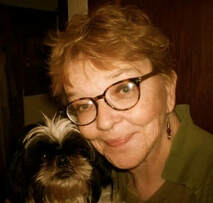 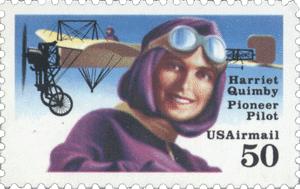 A 1991 United States airmail postage stamp featured Harriet Quimby A 1991 United States airmail postage stamp featured Harriet Quimby Do you know about Harriet Quimby, Pioneer Aviator? In her time, the early 1900s, flying was still so new and dangerous. Every flier risked death whenever he climbed into a cockpit. I say ‘he’ because flying had mostly been a guy thing. That was especially true in Harriet’s time. People thought only a very bold, unladylike female would sign up for flying lessons. Or travel the world taking photos. Or hang around film studios, writing screenplays for silent movies. Or drive her own car. OR become America’s very first woman to earn a pilot’s license, as Harriet did, on August 1, 1911. Harriet did ALL of those things AND wrote newspaper stories about her adventures! Like other early fliers, Harriet showed off her skills at very popular airshows. High above the crowds, pilots swooped through the sky in their tiny aircraft, difficult to manage in the windy air. When Louis Blériot made the first flight from France to England, in 1909, it was in a plane measuring 25 feet, 7 inches, wingtip to wingtip. The wingspan of a small plane today might be 36 feet and it weighs more than three times as much as Blériot’s 507-pounder! Beautiful Harriet Quimby, in her purple satin flight suit, was famous. But she wanted more: If only she could match Mr. Blériot’s feat, she’d be the first woman to fly across the stormy English Channel. So, she borrowed one of Mr. Blériot’s little wood-cloth-and-wire airplanes and had it shipped to Dover, England. At dawn on April 16, 1912, Harriet soared up into the clouds, heading for France, 22 miles away. No GPS, radar, or radio. Just her watch and a compass. After an hour of freezing fog in her face, Harriet flew down out of the clouds to see France’s sandy shores. When she landed, people came rushing from all directions. Alas for Harriet. Alas, alas for those on the doomed Titanic which disappeared under the ocean 27 hours before her flight. The terrible news overshadowed her accomplishment. And how could Harriet know that she had but ten weeks to live? On July 1, 1912, the crowd at a Boston airshow heard her screams as she fell from her little airplane to her death. And alas for us if we let time and tragedy overshadow how cool and brave she was: Harriet Quimby, First Lady of the Air. 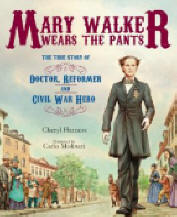 Cheryl Harness has written a book about another heroic woman, Mary Walker. She was one of the first women doctors in the country. When the Civil War struck, she took to the battlefields in a modified Union uniform as a commissioned doctor. To find out more about Cheryl's book, click here.
0 Comments
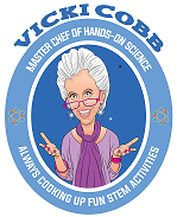 Just the thought of Malala Yousafzai brings tears to my eyes. If you don’t know who she is, you should. In 2015, at the age of seventeen, she was the youngest person to ever receive the Nobel Peace Prize. From the time she was eleven, she had a single purpose: to fight for the right to an education for every girl and boy on the planet. As a Pakistani, where women live life in the shadows, she has faced many obstacles in expressing her beliefs. In October of 2012, when she was fifteen, she was shot in the head on her school bus, the target of assassination. The Taliban claimed credit for this diabolical act. Miraculously, she survived without serious impairment. But the brutality of the Taliban did not stop her; neither did an earthquake, a flood, or the lack of financial resources. She continued to speak out on behalf of education for all. I’ve read her memoir, I Am Malala. She is like the child in the fable The Emperor’s New Clothes who speaks unvarnished truth with the impeccable logic of the child who does not understand political correctness. “If the [the Taliban] come, what would you do Malala? ...If you hit a Talib with your shoe, then there will be no difference between you and the Talib. You must not treat others...with cruelty...you must fight others but through peace, through dialogue and through education...then I’ll tell him [the Talib] how important education is and that I even want education for your children as well... that’s what I want to tell you, now do what you want.” Like the, Diary of Ann Frank, you cannot escape the voice of a young girl who cares about her hopes and dreams for her future and that of the troubled world. “I speak not for myself but for those without voice... those who have fought for their rights... their right to live in peace, their right to be treated with dignity, their right to equality of opportunity, their right to be educated.” How can we motivate students to fight for their own interests in acquiring an education? How can we inspire them to do the hard work needed? Maybe they need to hear Malala speak. Here, in the United States we have both the right and the availability to education, yet so many kids don't take advantage of it to make something of themselves. What lesson can we all take away from Malala? 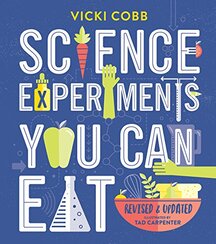 Vicki Cobb's classic book, Science Experiments You Can Eat has been updated and enlarged and was released in July of 2016. You can also see Vicki's new winking caricature on her website. 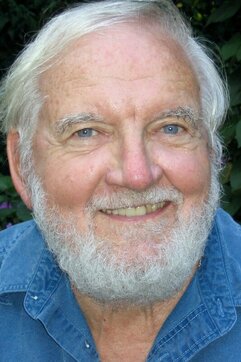 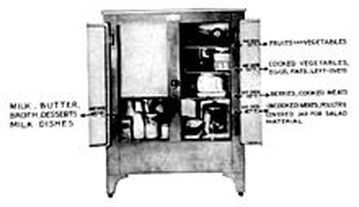 Today we are time traveling. So, here we go: back a hundred years, and into your great grandmother's kitchen! O.K., now we're in 1918. You may be thirsty after the trip, so let's see what's in the refrigerator. Ooh, ooh, I don't see a refrigerator! But there's a tall box-like thing, made of wood. Let's see what's inside. Ah, good, inside this lower part there's a glass bottle of cold milk. Also, meat, eggs and other food. Open the top door and we see: a big square block of ice! Your great grandma uses an ICE BOX to keep food cold, and safe from spoiling. She doesn't have a home refrigerator. In 1918 there is no such thing! Instead, all over the United States, nearly every house, apartment, hotel, and restaurant uses an ice box. Everyone depends on ice. Cutting ice, storing ice, and delivering ice is a big, vital business. If you saw the movie "Frozen," you may remember how it started, with dramatic scenes of men using saws to cut ice, and lifting heavy ice blocks with iron tongs. In the early 1800s, that is how ice was harvested in the U.S. In the 1820s, horse-drawn saws were invented. As the ice business grew, each winter countless thousands of men and horses worked on frozen ponds, lakes, and rivers. Millions of tons of ice were stored in huge, windowless ice houses. They were insulated to keep melting to a minimum, so ice was available year round. Ice from the United States was even carried by sailing ship as far as India, China, and Australia. Of course, what mattered to most people was resupplying ice in their home ice boxes. Ice is probably brought to your great grandma's street in a horse-drawn wagon. Then an iceman carries a 60 pound block of ice into the kitchen to replace the ice that has mostly melted. People depend on their ice boxes. But sometimes a warm winter ruins the harvest. Ice companies are desperate. They scramble to get ice from northern, colder places. An ice famine is scary. In the early 1900s, inventors tried to make something more reliable. Their work led to the kind of refrigerator you have in your kitchen today. When we go back to 2018, you might see an icebox in an antique shop. Maybe it was once in your great grandma's kitchen. 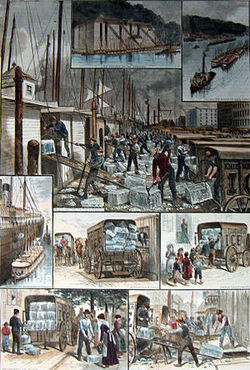 The ice trade around New York; from top: ice houses on the Hudson River; ice barges being towed to New York; barges being unloaded; ocean steamship being supplied; ice being weighed; small customers being sold ice; the "uptown trade" to wealthier customers; an ice cellar being filled; by F. Ray, Harper's Weekly, 30 August 1884 via Wikimedia Commons. 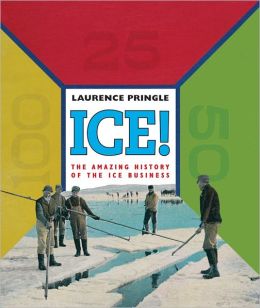 In his book Ice! The Amazing History of the Ice Business, Laurence Pringle discusses northern areas of the East and Midwest that were sources of ice and gives details of ice harvesting and storage by focusing on one lake--Rockland Lake, "the ice box of New York City." And he writes of those vital but sometimes controversial workers who delivered the ice to customers. Laurence Pringle worked closely with experts and relied on primary documents, including archival photographs, postcards, prints, and drawings. For more information on the book, click here. Henry Ford is famous for founding the Ford Motor Company in 1903. He built the Model T and changed America from a horse-and-buggy country to a nation of paved roads and honking cars. Yet most people don’t realize that Henry also transformed American agriculture with his work with soybeans. During the Great Depression of the 1930s many farmers lost their farms or left crops to rot because they cost too much to harvest. Henry thought this was a waste, so he began to look for ways that common crops could be used in industry. He built a laboratory at Greenfield Village, and studied the chemical makeup of every fruit, grain and vegetable. After two years, Henry found the: the soybean! It was the perfect crop to use in his factories because it was packed with oil and protein. The oil made a paint that was glossier, less expensive, and dried to a harder finish than other coatings. By 1934, every new Ford boasted a coat of soybean paint. The soy protein, mixed with a chemical resin, created a sturdy plastic. Soon cars had soybean plastic gearshift knobs, light switches and horn buttons. Ford claimed that every car contained a bushel of soybeans. But Henry wanted a car that was all soybeans. To do this he had to make large plastic panels, which took longer to perfect. The first panels cracked. But eventually Henry had a plastic trunk lid attached to his car so he could show people how sturdy it was. He even hit it with an ax and didn’t make a dent. Henry affixed fourteen plastic panels to a steel frame, and showed off his new car on August 13, 1941. Unfortunately the car was never manufactured. Four months later America entered World War II. The soybean plastic car rolled into storage, its steel frame recycled in the war effort. Henry died shortly after the war, and no one continued his work on the plastic car. But his soybean research did spark a movement to use soy in manufacturing, which made soybeans the second largest crop grown in America. Furniture, flooring, candy, crayons, and all kinds of food contain soy. And even though we don’t drive soybean plastic cars yet, there are still plenty of beans in every Ford. All their seats are stuffed with soybean plastic foam. See Henry’s car here. 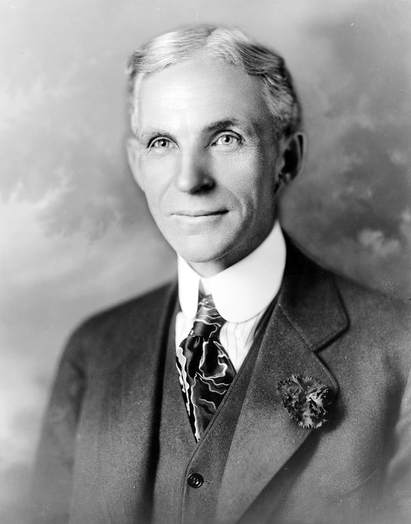 Henry Ford (July 30, 1863 – April 7, 1947) was an American captain of industry and a business magnate, the founder of the Ford Motor Company, and the sponsor of the development of the assembly line technique of mass production. By Hartsook, photographer via Wikimedia Commons The world's first car made of what was called agricultral plastic is shown in February 1942. The plastic was a strong material combining soy beans, wheat and corn. Although the car never caught on, it was lighter and therefore more fuel efficient than the standard metal body. Wikimedia Commons Despite the practical benefits of a car made out of food products (fuel efficiency and the conservation of steel that was scarce during World War II), the idea was the source of a lot of good-natured humor. From the Collections of The Henry Ford 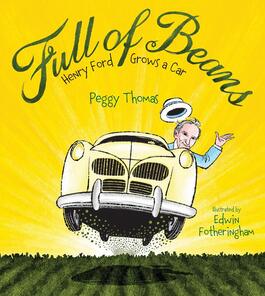 Peggy Thomas is the author of such award-winning titles as Farmer George Plants a Nation, and For the Birds, the life of Roger Tory Peterson. Her newest book is Full of Beans: The Story of How Henry Ford Grew a Car, illustrated by Edwin Fotheringham. Vicki Cobb reviewed it. For more information about Peggy, check out her website: www.peggythomaswrites.com |
*NEWS
|
For Vicki Cobb's BLOG (nonfiction book reviews, info on education, more), click here: Vicki's Blog
The NCSS-CBC Notable Social Studies Committee is pleased to inform you
that 30 People Who Changed the World has been selected for Notable Social Studies Trade Books for Young People 2018, a cooperative project of the National Council for the Social Studies (NCSS) & the Children’s Book Council
Categories
All
Abolitionists
Adams Janus
Adaptation
Adaptations
Adkins Jan
Advertising
Aerodynamics
Africa
African American History
African Americans
Africa West
Agriculture
Aircraft
Air Pilots
Air Pressure
Air Travel
Albee Sarah
Alchemy
Alligators
Allusion
American History
American Icons
Amphibians
Amundsen Roald
Anatomy
Ancient
Ancient Cultures
Anderson Marian 1897-1993
Animal Behavior
Animal Experimentation
Animal Intelligence
Animals
Animation
Antarctica
Ants
Apache Indians
Apes
April Fool's Day
Architecture
Argument
Arithmetic
Art
Art Deco
Artists
Arts
Asia
Astronauts
Astronomy
Athletes
Atomic Theory
Audubon Societies
Authors
Autobiography
Automobiles
Aviation
Awards
Bacteria
Baseball
Battuta Ibn
Bears
Beatles
Beavers
Bees
Biodegradation
Biography
Biology
Biomes
Biomimicry
Biplanes
Birds
Black Death
Black History
Blindness
Blizzards
Bombs
Bonaparte Napoleon
Boone Daniel
Botany
Brazil
Bridges
Brill Marlene Targ
Brooklyn Bridge
Brown John
Buffaloes
Building Materials
Butterflies
Caesar
Caesar Julius
Caissons
Calculus
Calendars
Cannibal
Capitals
Caravaggio
Carbon Dioxide
Carnivores
Carson Mary Kay
Cartoons & Comics
Carving (Decorative Arts)
Cascade Range
Castaldo Nancy
Castles
Castrovilla Selene
Cathedrals
Cats
Caves
Celts
Cemeteries
Chemistry
Children's Authors
Child Welfare
China
Choctaw Indians
Christmas
Chronometers
Cicadas
Cinco De Mayo
Ciphers
Circle
Citizenship
Civil Rights
Civil Rights Movements
Civil War
Civil War - US
Climate
Climate Change
Clocks And Watches
Clouds
Cobb Vicki
COBOL (Computer Language)
Code And Cipher Stories
Collard III Sneed B.
Collectors And Collecting
Color
Commerce
Communication
Competition
Compilers
Composers
Computers
Congressional Gold Medal
Consitution
Contests
Contraltos
Coolidge Calvin
Cooling
Corms
Corn
Counterfeiters
Covid-19
Crocodiles
Cryptography
Culture
Darwin Charles
Declaration Of Independence
Decomposition
Decompression Sickness
Deep-sea Animals
Deer
De Medici Catherine
Design
Detectives
Dickens Charles
Disasters
Discrimination
Diseases
Disney Walt
DNA
Dogs
Dollar
Dolphins
Douglass Frederick 1818-1895
Droughts
Dr. Suess
Dunphy Madeleine
Ear
Earth
Earthquakes
Ecology
Economics
Ecosystem
Edison Thomas A
Education
Egypt
Eiffel-gustave-18321923
Eiffel-tower
Einstein-albert
Elephants
Elk
Emancipationproclamation
Endangered Species
Endangered-species
Energy
Engineering
England
Englishlanguage-arts
Entomology
Environmental-protection
Environmental-science
Equinox
Erie-canal
Etymology
Europe
European-history
Evolution
Experiments
Explorers
Explosions
Exports
Extinction
Extinction-biology
Eye
Fairs
Fawkes-guy
Federalgovernment
Film
Fires
Fishes
Flight
Floods
Flowers
Flute
Food
Food-chains
Foodpreservation
Foodsupply
Food-supply
Football
Forceandenergy
Force-and-energy
Forensicscienceandmedicine
Forensic Science And Medicine
Fossils
Foundlings
France
Francoprussian-war
Freedom
Freedomofspeech
French-revolution
Friction
Frogs
Frontier
Frontier-and-pioneer-life
Frozenfoods
Fugitiveslaves
Fultonrobert
Galapagos-islands
Galleys
Gametheory
Gaudi-antoni-18521926
Gender
Generals
Genes
Genetics
Geography
Geology
Geometry
Geysers
Ghosts
Giraffe
Glaciers
Glaucoma
Gliders-aeronautics
Global-warming
Gods-goddesses
Gold-mines-and-mining
Government
Grant-ulysses-s
Grasshoppers
Gravity
Great-britain
Great-depression
Greece
Greek-letters
Greenberg Jan
Hair
Halloween
Handel-george-frederic
Harness Cheryl
Harrison-john-16931776
Health-wellness
Hearing
Hearing-aids
Hearst-william-randolph
Henry-iv-king-of-england
Herbivores
Hip Hop
History
History-19th-century
History-france
History-world
Hitler-adolph
Hoaxes
Holidays
Hollihan Kerrie Logan
Homestead-law
Hopper-grace
Horses
Hot Air Balloons
Hot-air-balloons
Housing
Huguenots
Human Body
Hurricanes
Ice
Icebergs
Illustration
Imagery
Imhotep
Imperialism
Indian-code-talkers
Indonesia
Industrialization
Industrial-revolution
Inquisition
Insects
Insulation
Intelligence
Interstatecommerce
Interviewing
Inventions
Inventors
Irrational-numbers
Irrigation
Islands
Jacksonandrew
Jazz
Jeffersonthomas
Jefferson-thomas
Jemisonmae
Jenkins-steve
Jet-stream
Johnsonlyndonb
Jokes
Journalism
Keeling-charles-d
Kennedyjohnf
Kenya
Kidnapping
Kingmartinlutherjr19291968
Kingmartinlutherjr19291968d6528702d6
Kings-and-rulers
Kings Queens
Kings-queens
Koala
Labor
Labor Policy
Lafayette Marie Joseph Paul Yves Roch Gilbert Du Motier Marquis De 17571834
Landscapes
Languages-and-culture
Law-enforcement
Layfayette
Levers
Levinson Cynthia
Lewis And Clark Expedition (1804-1806)
Lewis Edmonia
Liberty
Lift (Aerodynamics)
Light
Lindbergh Charles
Liszt Franz
Literary Devices
Literature
Lizards
Longitude
Louis XIV King Of France
Lumber
Lunar Calendar
Lynching
Macaws
Madison-dolley
Madison-james
Madison-james
Mammals
Maneta-norman
Maneta-norman
Marathon-greece
Marine-biology
Marine-biology
Marines
Marsupials
Martial-arts
Marx-trish
Mass
Massachusetts-maritime-academy
Mass-media
Mastodons
Mathematics
May-day
Mcclafferty-carla-killough
Mcclafferty-carla-killough
Mckinley-william
Measurement
Mechanics
Media-literacy
Media-literacy
Medicine
Memoir
Memorial-day
Metaphor
Meteorology
Mexico
Mickey-mouse
Microscopy
Middle-west
Migration
Military
Miners
Mississippi
Molasses
Monarchy
Monsters
Montgomery
Montgomery-bus-boycott-19551956
Montgomery-heather-l
Monuments
Moon
Moran-thomas
Morsecode
Morsesamuel
Moss-marissa
Moss-marissa
Motion
Motion-pictures
Mummies
Munro-roxie
Munro-roxie
Musclestrength
Museums
Music
Muslims
Mythologygreek
Nanofibers
Nanotechnology
Nathan-amy
Nathan-amy
Nationalfootballleague
Nationalparksandreserves
Nativeamericans
Native-americans
Native-americans
Naturalhistory
Naturalists
Nature
Nauticalcharts
Nauticalinstruments
Navajoindians
Navigation
Navy
Ncaafootball
Nervoussystem
Newdeal19331939
Newman-aline
Newman-aline
Newton-isaac
New-york-city
Nobelprizewinners
Nomads
Nonfictionnarrative
Nutrition
Nylon
Nymphs-insects
Oaths Of Office
Occupations
Ocean
Ocean-liners
Olympics
Omnivores
Optics
Origami
Origin
Orphans
Ottomanempire
Painters
Painting
Paleontology
Pandemic
Paper-airplanes
Parksrosa19132005
Parrots
Passiveresistance
Patent Dorothy Hinshaw
Peerreview
Penguins
Persistence
Personalnarrative
Personification
Pets
Photography
Physics
Pi
Pigeons
Pilots
Pinkertonallan
Pirates
Plague
Plains
Plainsindians
Planets
Plantbreeding
Plants
Plastics
Poaching
Poetry
Poisons
Poland
Police
Political-parties
Pollen
Pollution
Polo-marco
Populism
Portraits
Predation
Predators
Presidentialmedaloffreedom
Presidents
Prey
Prey-predators
Prey-predators
Prime-meridian
Pringle Laurence
Prohibition
Proteins
Protestandsocialmovements
Protestants
Protestsongs
Punishment
Pyramids
Questioning
Radio
Railroad
Rainforests
Rappaport-doreen
Ratio
Reading
Realism
Recipes
Recycling
Refrigerators
Reich-susanna
Religion
Renaissance
Reproduction
Reptiles
Reservoirs
Rheumatoidarthritis
Rhythm-and-blues-music
Rice
Rivers
Roaringtwenties
Roosevelteleanor
Rooseveltfranklind
Roosevelt-franklin-d
Roosevelt-theodore
Running
Russia
Safety
Sanitation
Schwartz David M
Science
Scientificmethod
Scientists
Scottrobert
Sculpture
Sculpturegardens
Sea-level
Seals
Seals-animals
Secretariesofstate
Secretservice
Seeds
Segregation
Segregationineducation
Sensessensation
September11terroristattacks2001
Seuss
Sextant
Shackletonernest
Shawneeindians
Ships
Shortstories
Silkworms
Simple-machines
Singers
Siy Alexandra
Slavery
Smuggling
Snakes
Socialchange
Social-change
Socialjustice
Social-justice
Socialstudies
Social-studies
Social-studies
Sodhouses
Solarsystem
Sound
Southeast-asia
Soybean
Space Travelers
Spain
Speech
Speed
Spiders
Spies
Spiritualssongs
Sports
Sports-history
Sports-science
Spring
Squirrels
Statue-of-liberty
STEM
Storms
Strategy
Sugar
Sumatra
Summer
Superbowl
Surgery
Survival
Swanson-jennifer
Swinburne Stephen R.
Synthetic-drugs
Taiwan
Tardigrada
Tasmania
Tasmanian Devil
Tasmanian-devil
Technology
Tecumsehshawneechief
Telegraph-wireless
Temperature
Tennis
Terrorism
Thomas Peggy
Thompson Laurie Ann
Time
Titanic
Tombs
Tortoises
Towle Sarah
Transcontinental-flights
Transportation
Travel
Trees
Trung Sisters Rebellion
Tundra
Turnips
Turtles
Typhoons
Underground Railroad
Us-environmental-protection-agency
Us History
Us-history
Ushistoryrevolution
Us History Revolution
Us-history-war-of-1812
Us Presidents
Ussupremecourtlandmarkcases
Vacations
Vaccines
Vangoghvincent
Vegetables
Venom
Vietnam
Viruses
Visual-literacy
Volcanoes
Voting-rghts
War
Warne-kate
Warren Andrea
Washington-dc
Washington George
Water
Water-currents
Wax-figures
Weapons
Weather
Weatherford Carole Boston
Whiting Jim
Wildfires
Winds
Windsor-castle
Wolves
Woman In History
Women
Women Airforce Service Pilots
Women-airforce-service-pilots
Womeninhistory
Women In History
Women-in-science
Women's History
Womens-roles-through-history
Wonder
Woodson-carter-godwin-18751950
World-war-i
World War Ii
World-war-ii
Wright Brothers
Writing
Writing-skills
Wwi
Xrays
Yellowstone-national-park
Zaunders Bo
ArchivesMarch 2021
February 2021
January 2021
December 2020
November 2020
October 2020
September 2020
June 2020
May 2020
April 2020
March 2020
February 2020
January 2020
December 2019
October 2019
September 2019
August 2019
July 2019
May 2019
April 2019
March 2019
February 2019
January 2019
December 2018
November 2018
September 2018
June 2018
May 2018
April 2018
March 2018
February 2018
January 2018
December 2017
November 2017
October 2017
September 2017
March 2017
The NONFICTION MINUTE, Authors on Call, and. the iNK Books & Media Store are divisions of iNK THINK TANK INC.
a 501 (c) (3) nonprofit corporation. To return to the iNK Think Tank landing page click the icon or the link below. :
http://inkthinktank.org/
For more information or support, contact thoughts@inkthinktank.org
For Privacy Policy, go to
Privacy Policy
© COPYRIGHT the Nonfiction Minute 2020.
ALL RIGHTS RESERVED.
This site uses cookies to personalize your experience, analyze site usage, and offer tailored promotions. www.youronlinechoices.eu
Remind me later
Archives
March 2023
February 2023
January 2023
December 2022
November 2022
October 2022
September 2022
June 2022
May 2022
April 2022
March 2022
February 2022
January 2022
December 2021
November 2021
September 2021
April 2021
March 2021
February 2021
November 2020
October 2020
September 2020
June 2020
May 2020
April 2020
March 2020
February 2020
January 2020
October 2019
August 2019
July 2019
May 2019
April 2019
December 2018
September 2018
June 2018
May 2018
March 2018
February 2018
January 2018
December 2017
November 2017
October 2017
September 2017

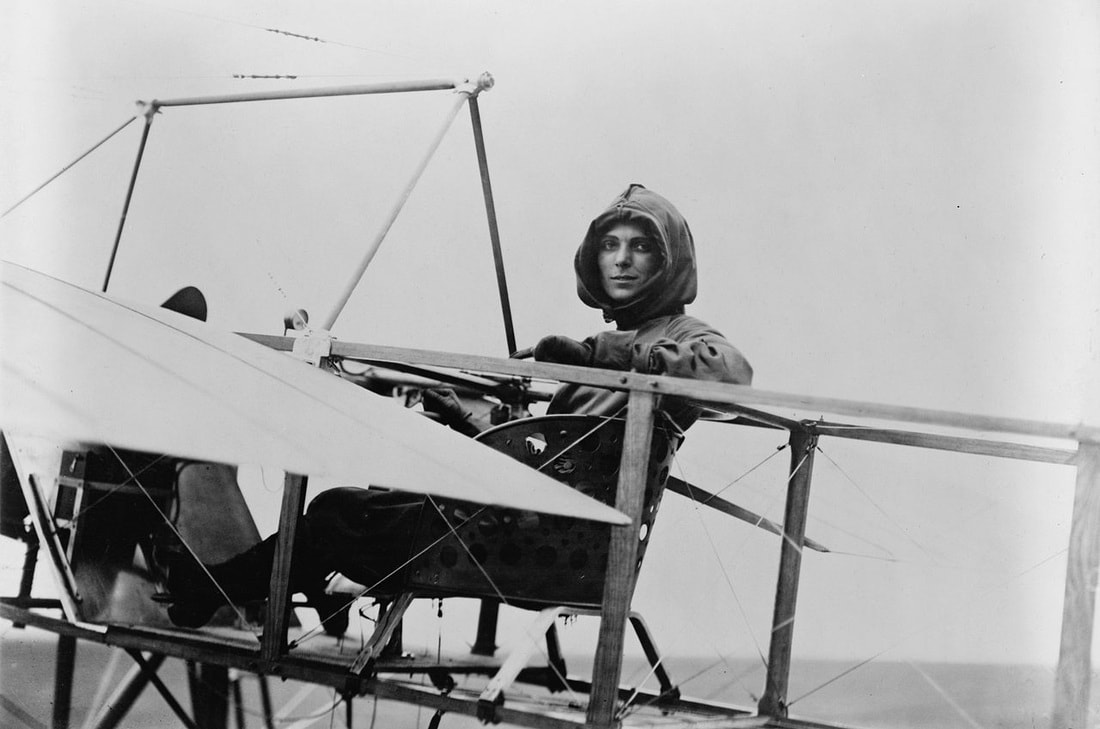
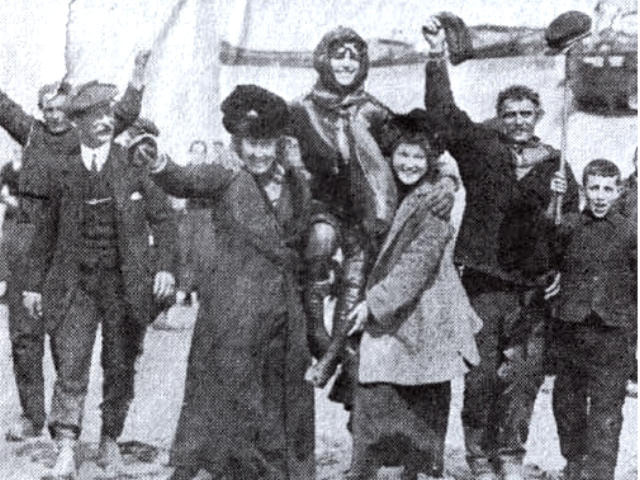
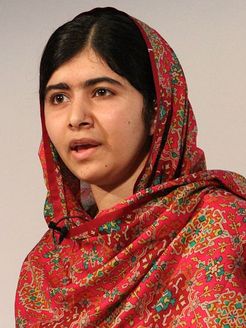
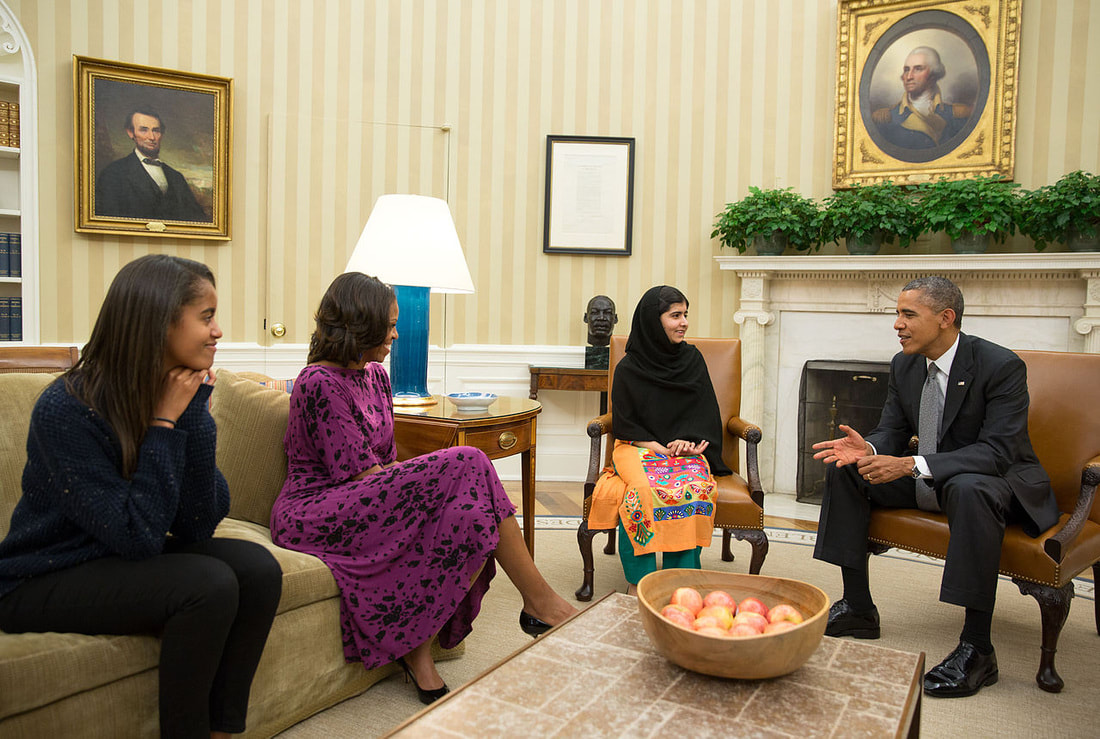
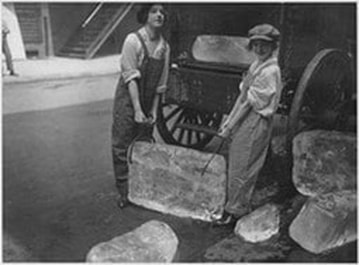
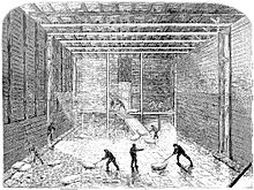
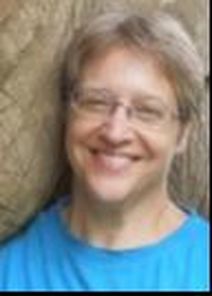
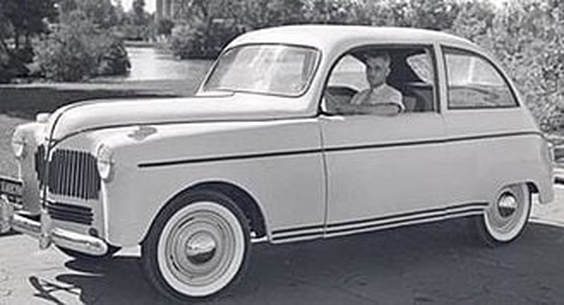
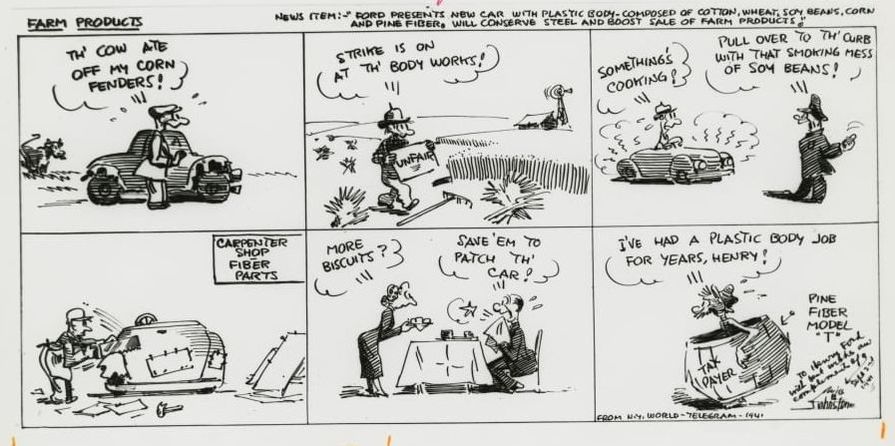
 RSS Feed
RSS Feed
